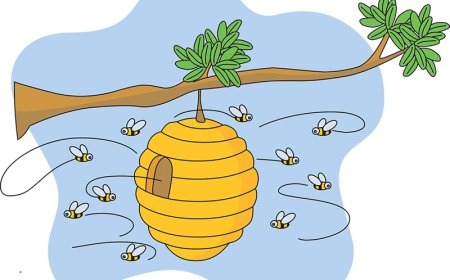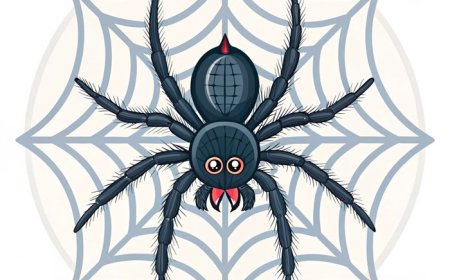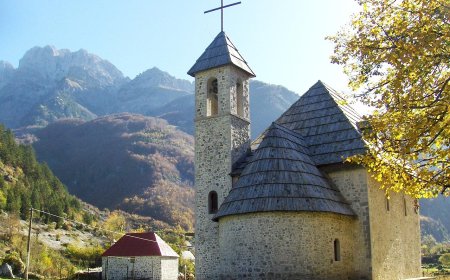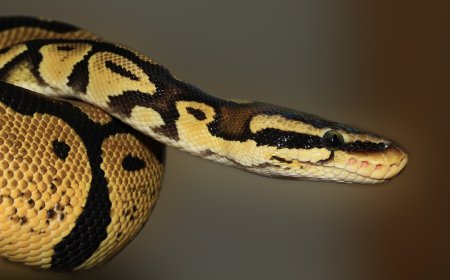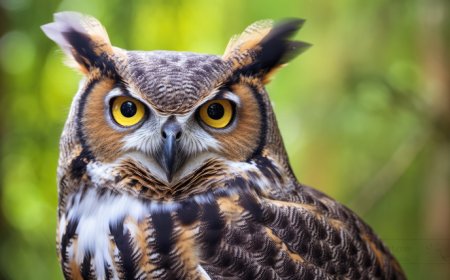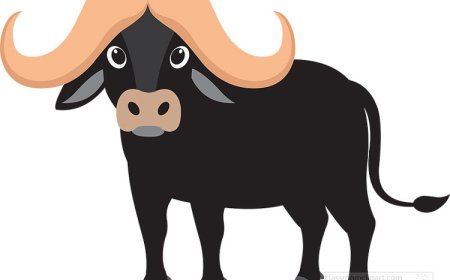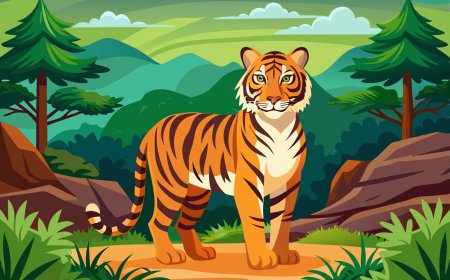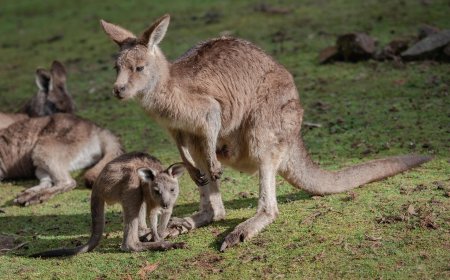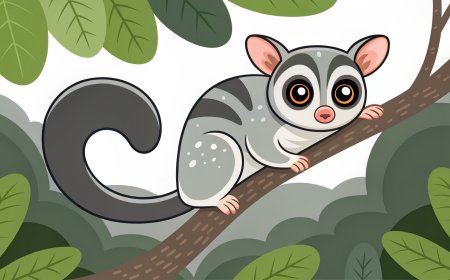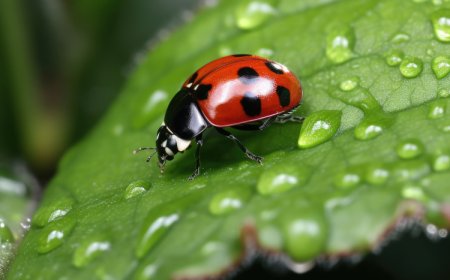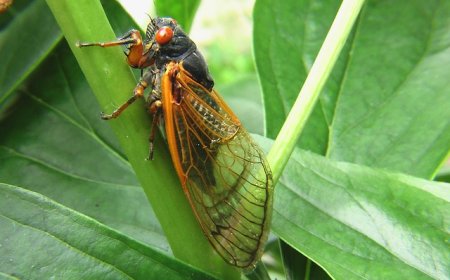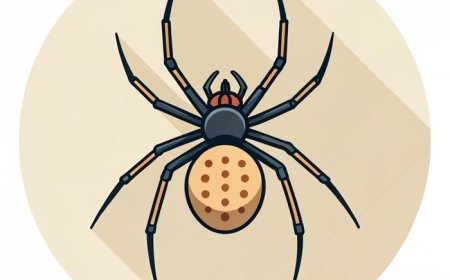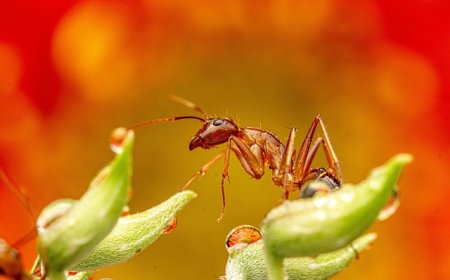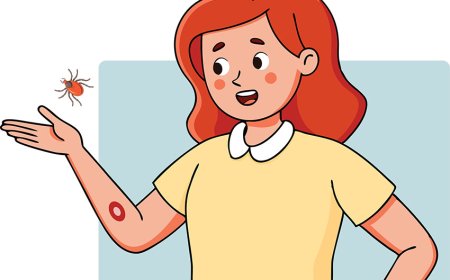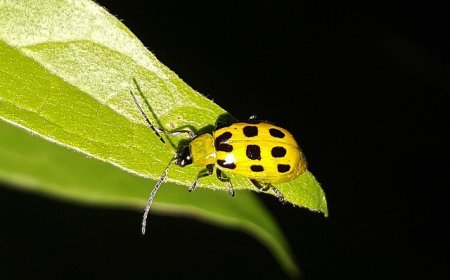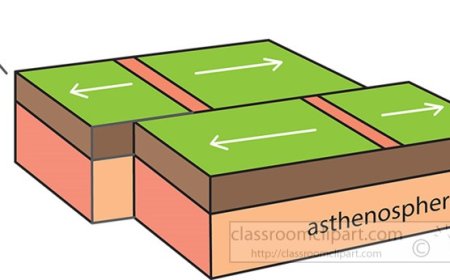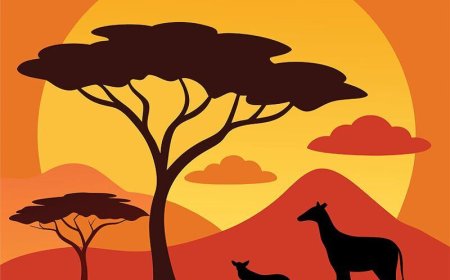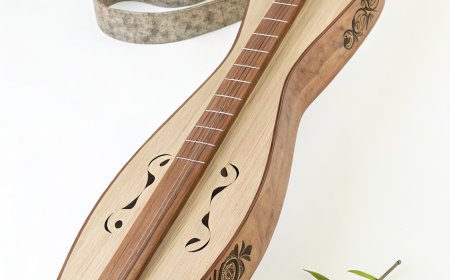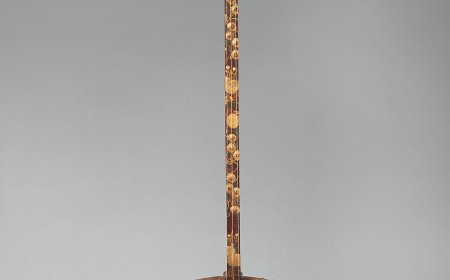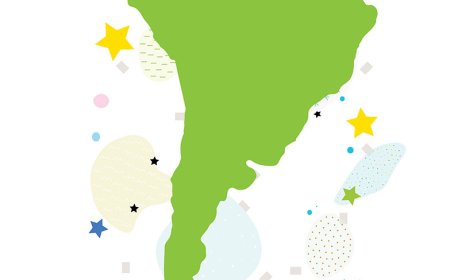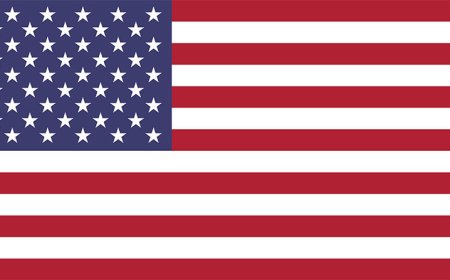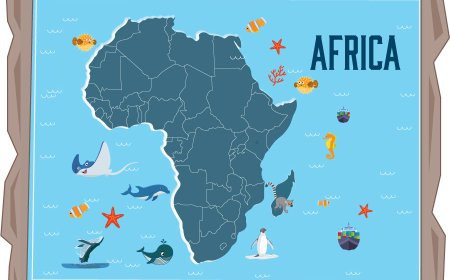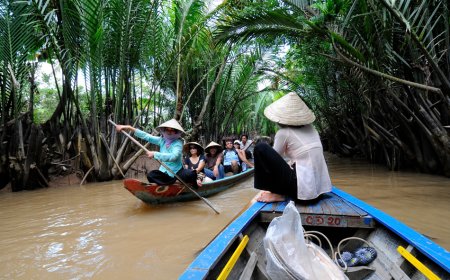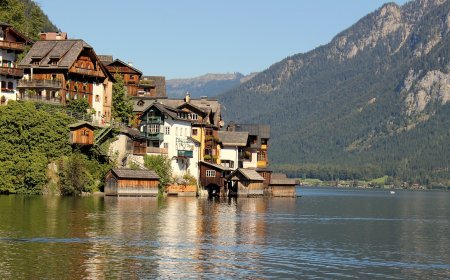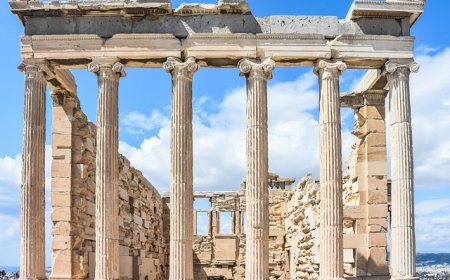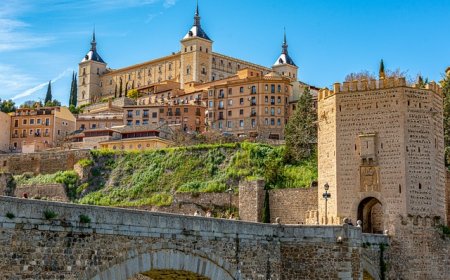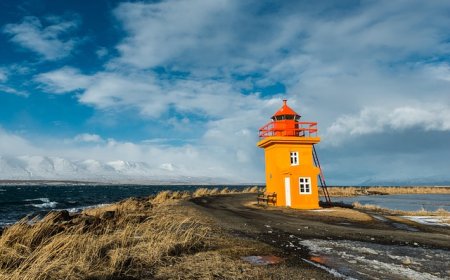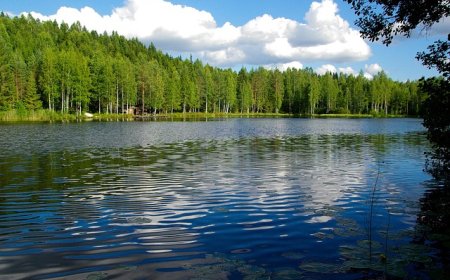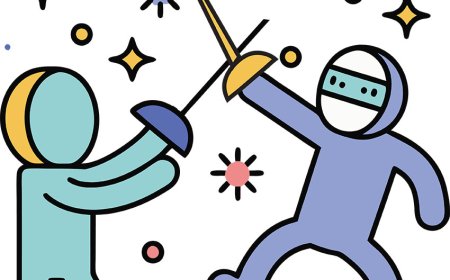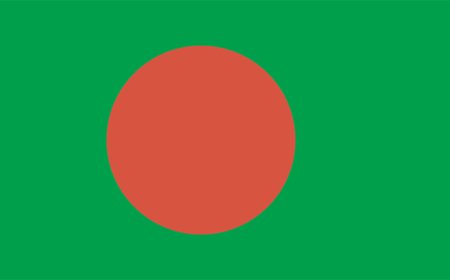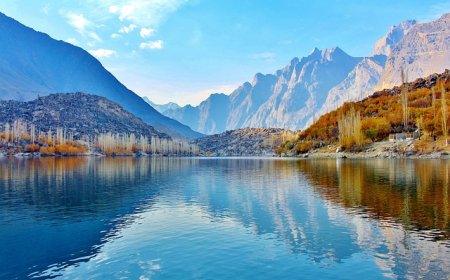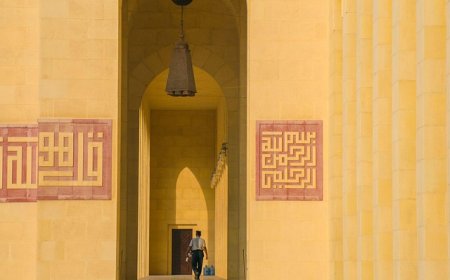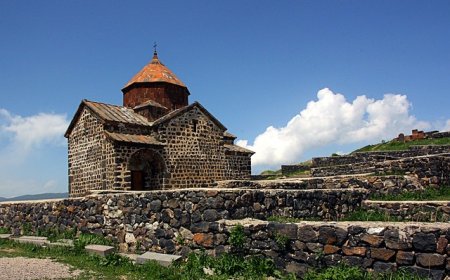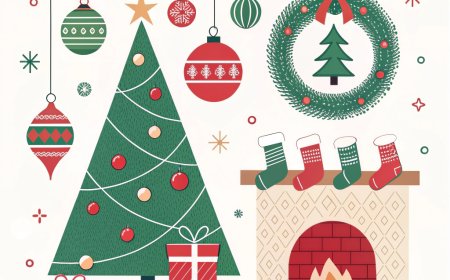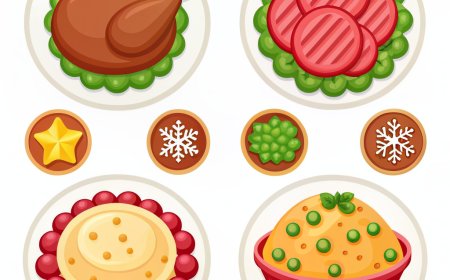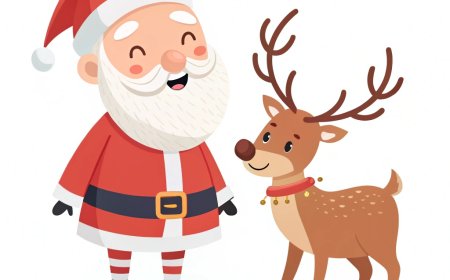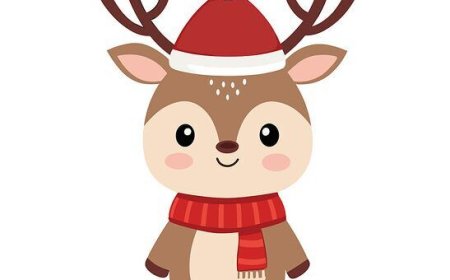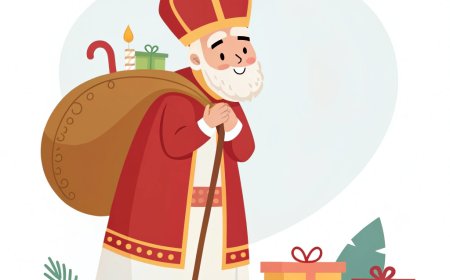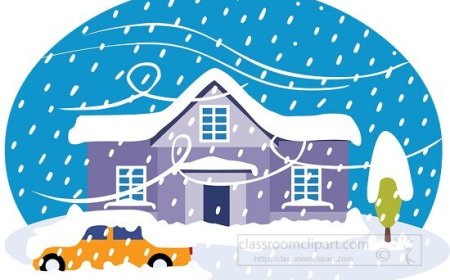Holi History Traditions and Fun Facts for Students
Learn the history traditions and fun facts of Holi in this student guide about India’s colorful festival of spring and joy
🌸 Introduction
Every spring, people in India and many other countries celebrate Holi, the festival of colors. This joyful holiday marks the arrival of spring, the victory of good over evil, and the power of friendship and love.
Holi is famous for its bright powdered colors, music, dancing, and delicious food. It's a time for people of all ages to come together, let go of grudges, and enjoy life's beauty.
📜 History and Origins
Holi has roots in ancient Hindu traditions. One story tells of Prahlada, a boy who worshiped the god Vishnu despite his father's disapproval. The king's sister, Holika, tried to harm Prahlada, but she was destroyed by fire while Prahlada was unharmed-symbolizing good's triumph over evil.
The festival also honors Krishna, a playful god known for throwing colors on his friends and beloved Radha.
🎉 Traditions and Customs
🌈 Throwing Colors
People gather in streets and parks to toss colored powders (gulal) and spray colored water on each other.
🔥 Holika Dahan
On the night before Holi, large bonfires are lit to represent the burning away of evil.
🎶 Music and Dancing
Traditional songs and modern Bollywood hits fill the air as people dance in celebration.
🍬 Festive Foods
Special treats like gujiya (sweet dumplings) and thandai (a spiced milk drink) are shared.
🌟 Symbols and Meanings
-
🌈 Colors - Joy, unity, and renewal.
-
🔥 Bonfire - Victory of good over evil.
-
🌸 Spring flowers - Beauty and new beginnings.
-
🎶 Music - Celebration of community and happiness.
🌍 How It's Celebrated Today
Holi is celebrated across India, with the largest events in the north. Cities like Mathura and Vrindavan are famous for their elaborate festivities. Around the world, Indian communities hold Holi festivals in parks and public spaces, inviting everyone-regardless of religion or background-to join in the fun.
💡 Fun Facts
-
🌏 Holi is celebrated in countries like Nepal, the UK, the USA, and Australia.
-
🎨 The powders used were originally made from flowers and herbs.
-
🗓️ The date changes each year because it follows the Hindu lunar calendar.
-
📸 Holi festivals are popular photography events because of their vibrant colors.
📚 Vocabulary List
-
Holi - Hindu festival of colors.
-
Gulal - Colored powder used during Holi.
-
Holika Dahan - Bonfire event before Holi.
-
Prahlada - Boy in Hindu legend whose devotion was rewarded.
-
Krishna - Hindu god known for playful spirit.
-
Thandai - Sweet spiced milk drink.
-
Festival - A special celebration.
-
Tradition - A custom passed down over time.
📝 Key Takeaways
-
Holi celebrates spring, love, and the victory of good over evil.
-
Throwing colors and dancing are central to the festival.
-
It has roots in Hindu legends about Prahlada, Holika, and Krishna.
-
The holiday is inclusive, welcoming people from all backgrounds.
-
Holi is now celebrated around the world.
🧠 Interactive Quiz
1. What is Holi often called?
A) Festival of Lights
B) Festival of Colors
C) Festival of Harvest
D) Festival of Music
2. What is thrown during Holi celebrations?
A) Water balloons
B) Flowers
C) Colored powder
D) Rice
3. What does Holika Dahan symbolize?
A) Start of summer
B) Victory of good over evil
C) End of the harvest
D) Friendship
4. Which god is known for playing with colors during Holi?
A) Vishnu
B) Shiva
C) Krishna
D) Ganesha
5. What sweet treat is common during Holi?
A) Gujiya
B) Laddu
C) Jalebi
D) Halwa
6. Why does the date of Holi change each year?
A) It follows the Hindu lunar calendar
B) It depends on the harvest
C) It’s chosen by the government
D) It changes with the weather
7. Where in India are Holi celebrations especially famous?
A) Mumbai and Goa
B) Mathura and Vrindavan
C) Delhi and Kolkata
D) Chennai and Hyderabad
8. What is gulal?
A) A sweet drink
B) A type of flower
C) Colored powder
D) A musical instrument


